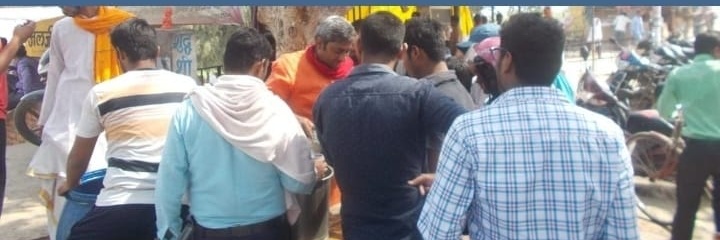Law and Social Justice -
.png)
Law and Social Justice - Introduction:- In our daily lives, we interact with various individuals and institutions, from shopkeepers and factory owners to large corporations. While these interactions can be mutually beneficial, they can also lead to exploitation and injustice, particularly for vulnerable groups like workers, consumers, and the environment. This chapter, "Law and Social Justice," explores the crucial role of laws in ensuring fairness and protecting the interests of all members of society. We will examine how laws are designed to address issues like worker exploitation, environmental degradation, and unfair market practices. We will also delve into the importance of law enforcement and the role of the government in promoting social justice and creating a level playing field for everyone. Through real-world examples like the Bhopal Gas Tragedy, we will understand the consequences of neglecting social justice and the importance of strong legal frameworks for a jus...
.jpeg)

.jpg)
.jpg)



.png)



